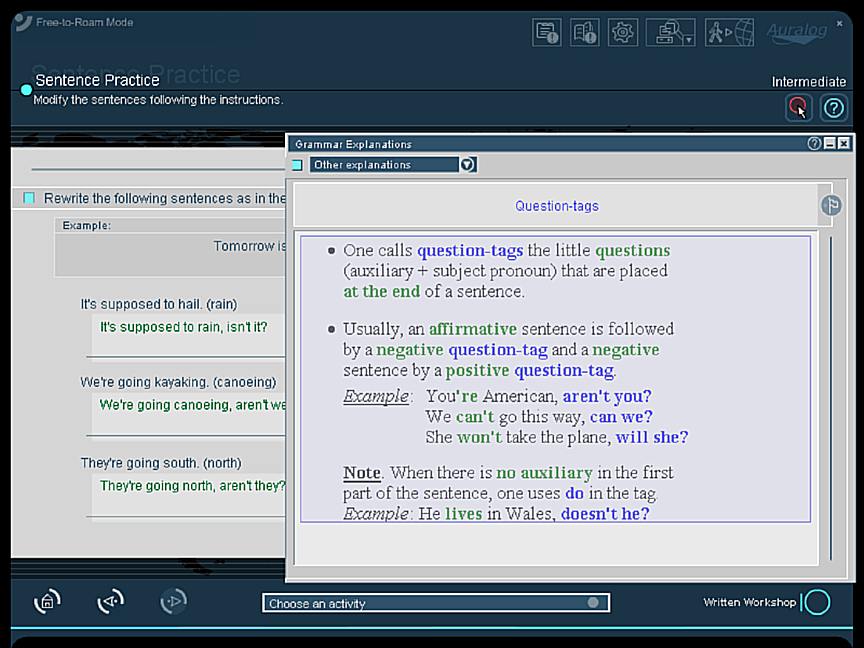

But my take is that postmodern art turns in on itself. I’ve always found the definition of “postmodernism” to be lacking - probably because we live in a postmodern world and so haven’t settled on a definition. The First Postmodern Novelīut if the first part of Don Quixote is the first modern novel, I think the second part must be the first postmodern novel. And this is all the more remarkable considering that he is not flashy but just a guy trying to make the best of his lot in life. And Sancho is as thoroughly drawn as any character I can think of in western literature. Another reason is that the characters are incredibly complex. One is, as noted, the way that the novel is more than just a collection of adventures Cervantes ties everything together to create a satisfying whole. Now that his great creations Don Quixote and Sancho Panza were famous, what would happen if they really did exist? And so the second novel is primarily concerned with the collision of fiction with reality where Don Quixote runs into people who know him from having read the first novel.ĭon Quixote is usually called the first modern novel. So I’m sure that Cervantes started playing the “What if?” game that all writers play. The conceit of the first novel is that Cervantes is just presenting a rough translation of an Arabic book by Cide Hamete Benengeli. Part II is the more brilliant of the two books and it is the result of the popularity of Part I. And God’s curses on you and on every single knight errant that ever was born.” He tells Don Quixote, “Look here, mister knight errant, if you ever come across me again, even if you can see that I’m being torn to pieces, for God’s sake don’t come to my rescue - just leave me alone with my troubles, because they can’t possibly be so great that your help won’t make them much worse. We know this, but in Chapter 31, it is very satisfying that Andrés turns up again and confirms all of this. It’s really quite confusing and must have blown people’s minds at the time. It’s fiction that pretends to be a new reality about fiction that pretends to be an old reality. The scene ends with Don Quixote riding off thinking that he has set things straight, but instead, he has simply set Andrés up for a much greater beating. The last part of it brings together a number of earlier episodes.Ī good example of this is discussed in an article I wrote many years ago, El Ingenioso Hidalgo Don Quijote De La Mancha! In Chapter 4 of the book, before Don Quixote starts traveling with Sancho Panza, the knight tries to help Andrés, a boy who is being whipped by his employer (although it is probably better to think of the employer as a slave-master). In fact, the ending is brilliant in a way many modern novels are not. And the truth is that Part I is a thoroughly satisfying novel. I think for most people, seeing these ridiculously thick books is intimidating. I do wish that Part I of Don Quixote were published as a single book.

Cervantes - or at least his creation - became a star “over night.” The First Modern Novel

You can see that in the quickness that it was translated into English in 1612, followed closely by French, Italian, and German versions. It’s just that the novel was an instant success. There is no indication that Miguel de Cervantes had intended it to be anything but a single novel. The first one, Part I, was published in 1605. It’s sad that we refer to Don Quixote as a novel. In many ways, my obsession with Don Quixote has taught me more about the art of translation than about the book itself. What’s remarkable about them is just how different they are. And the most recent, by Gerald J Davis, was published just a few years ago in 2012. The very first, by Thomas Shelton, was published just seven years after the original Spanish language edition. But, in general, there are 13 of what I think of as real. The reason is that there have been a small number of quasi-translations: effectively translations of translations. It’s hard to say exactly how many English language translations of Don Quixote have been written.


 0 kommentar(er)
0 kommentar(er)
